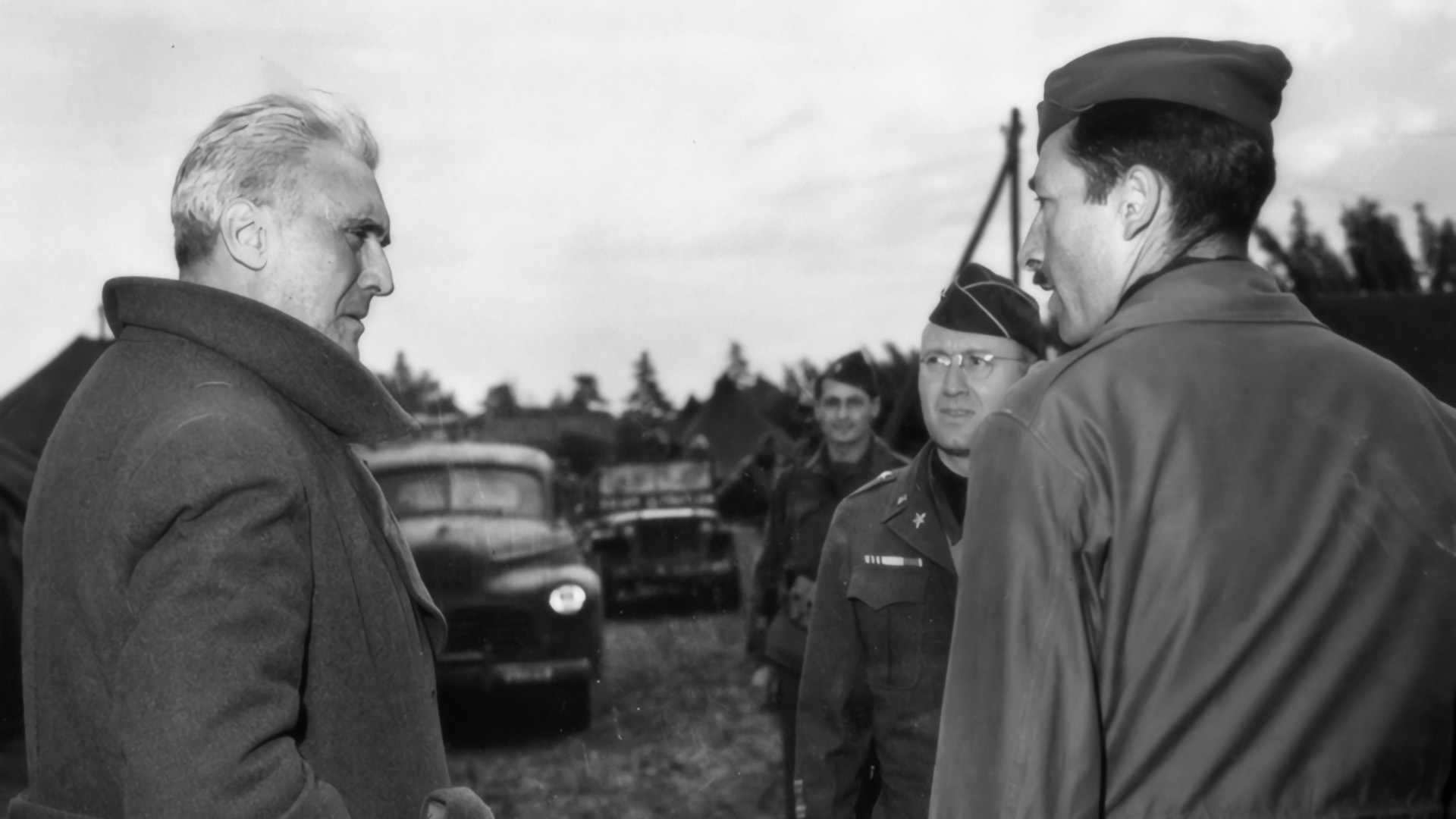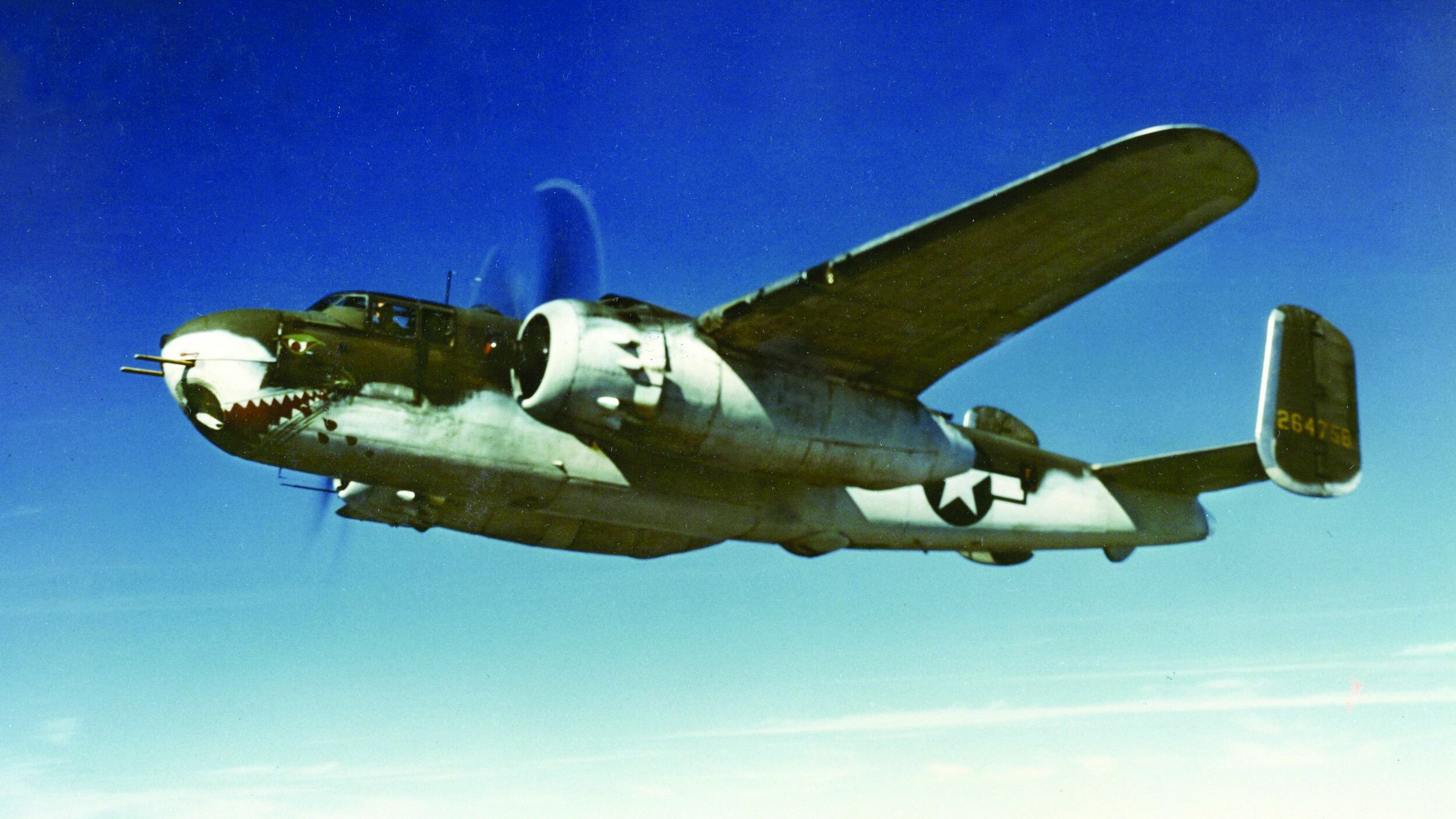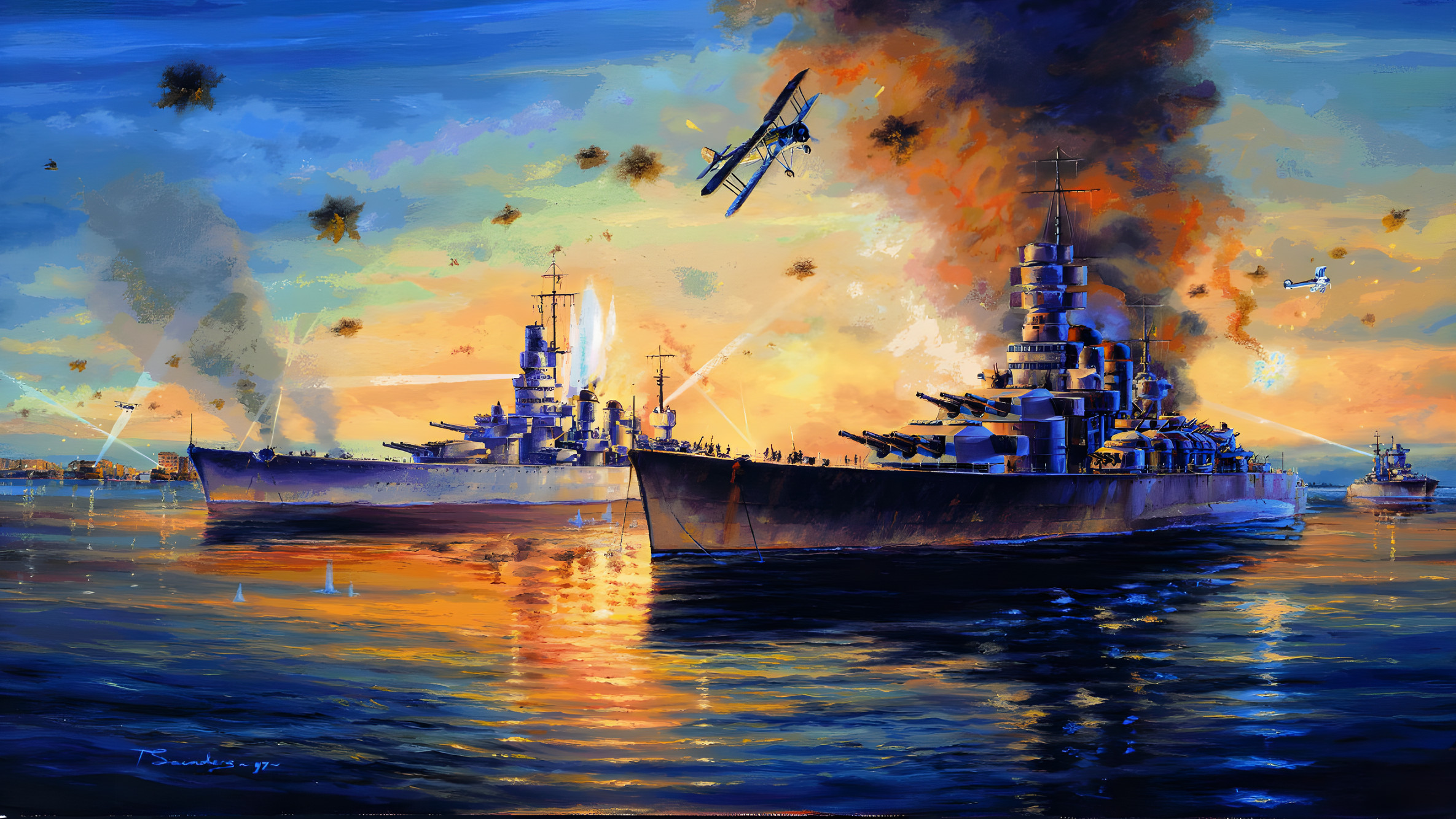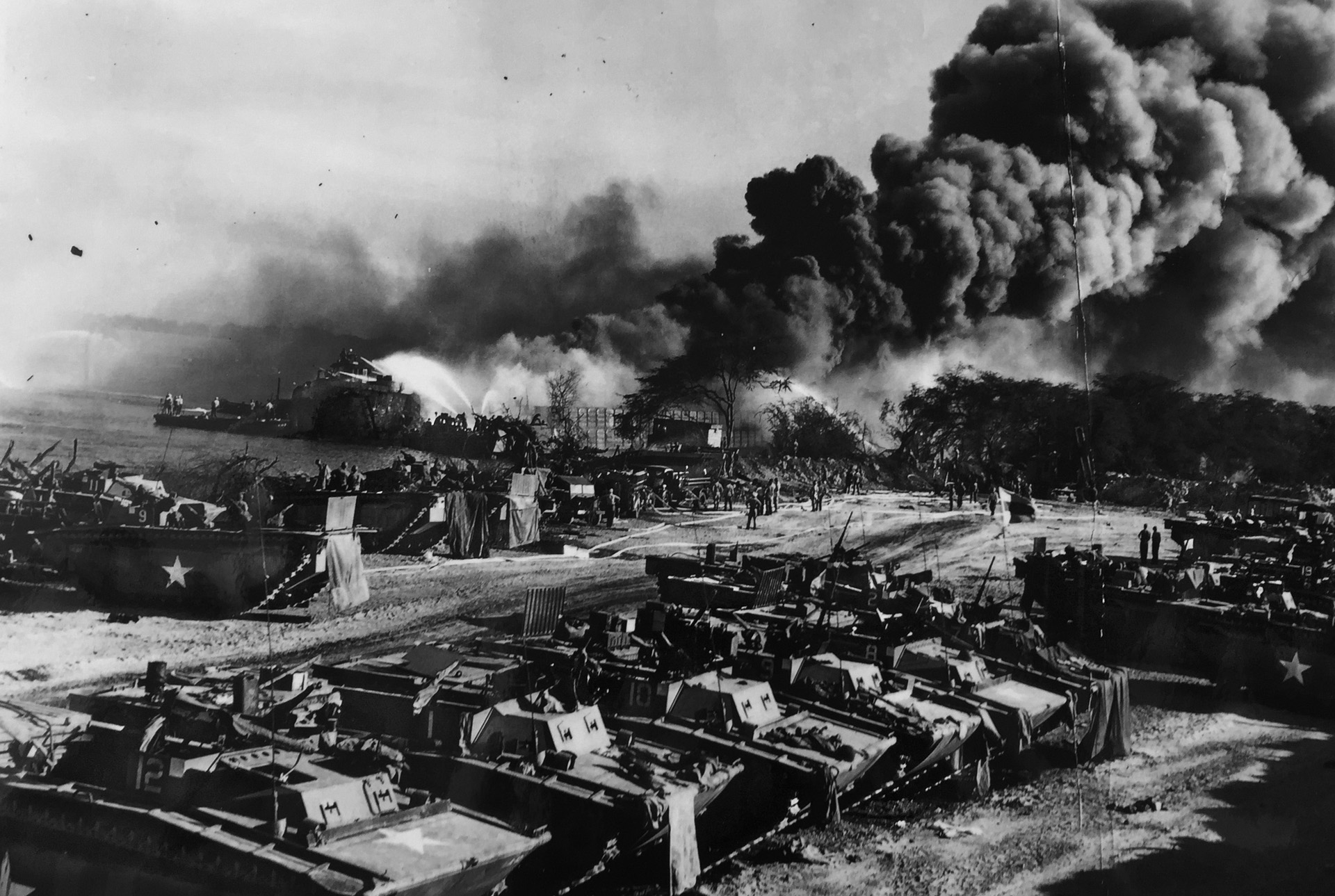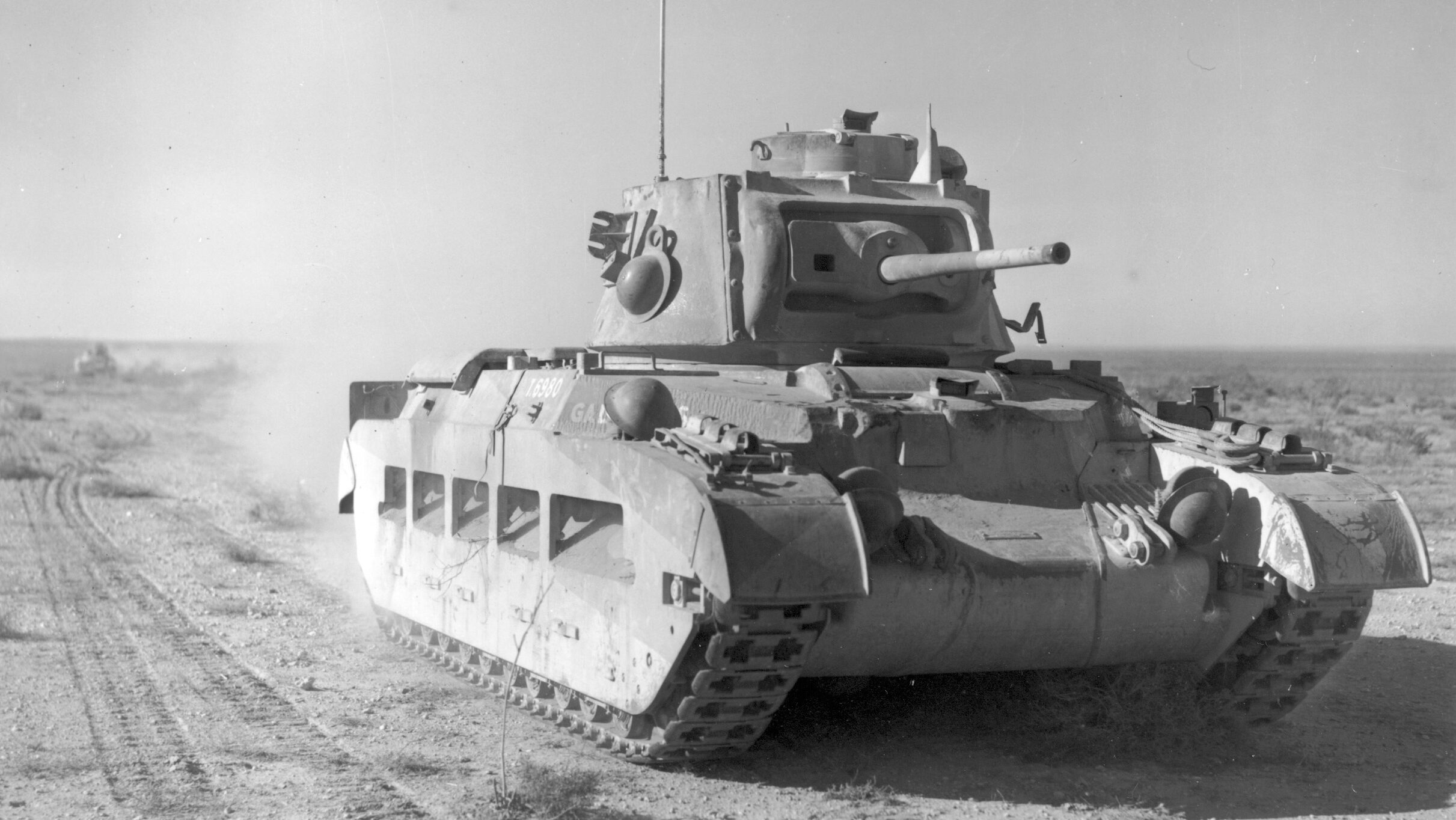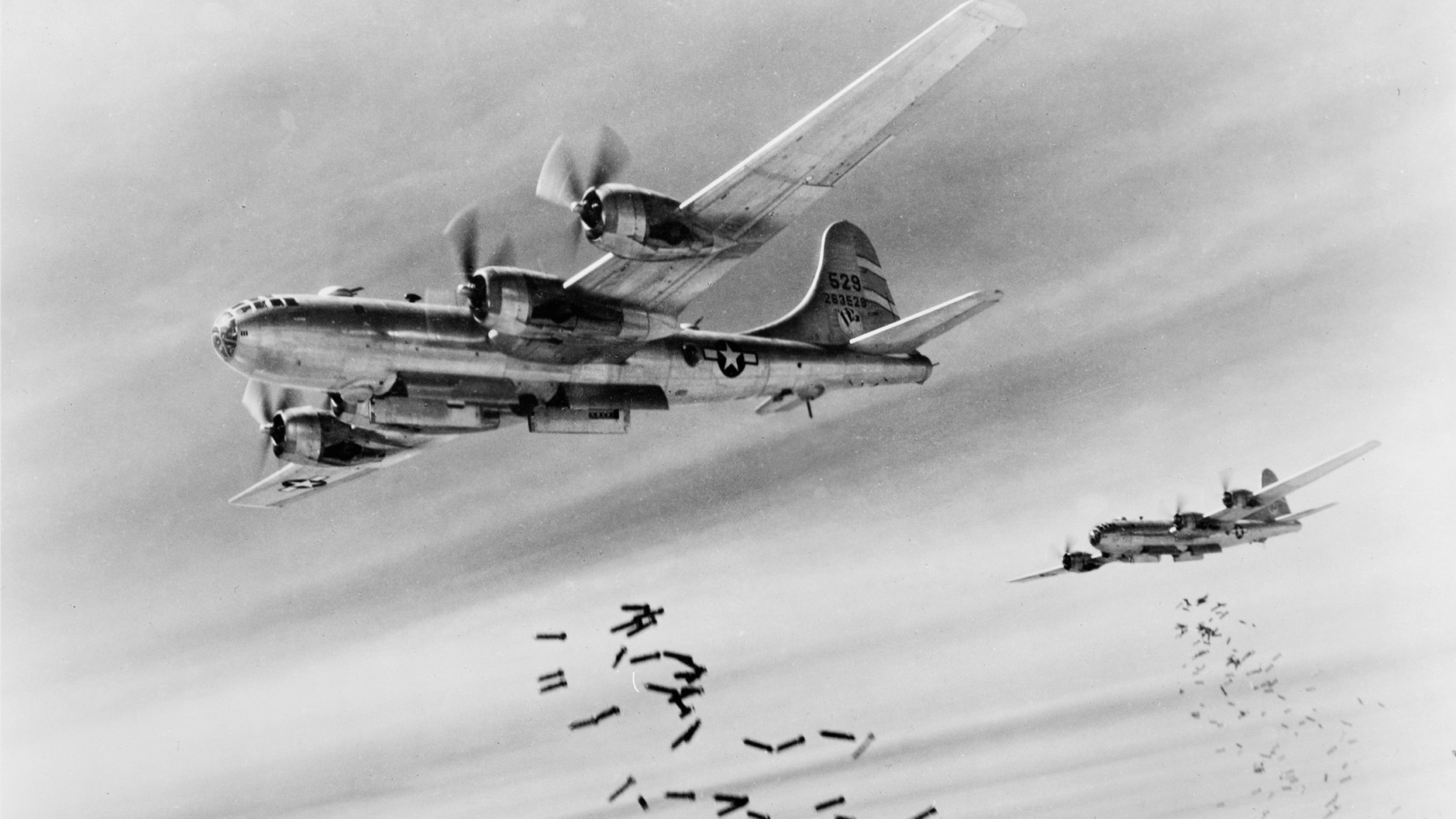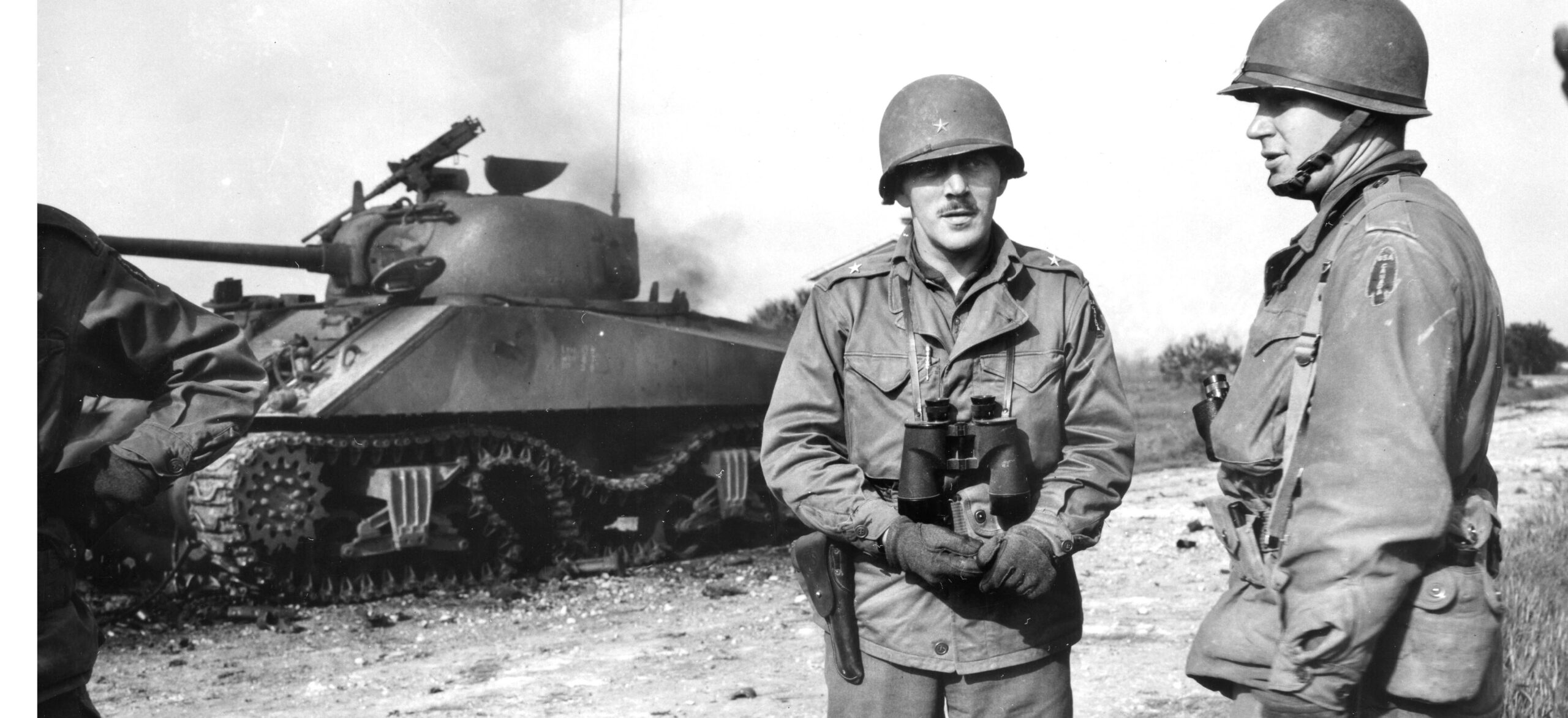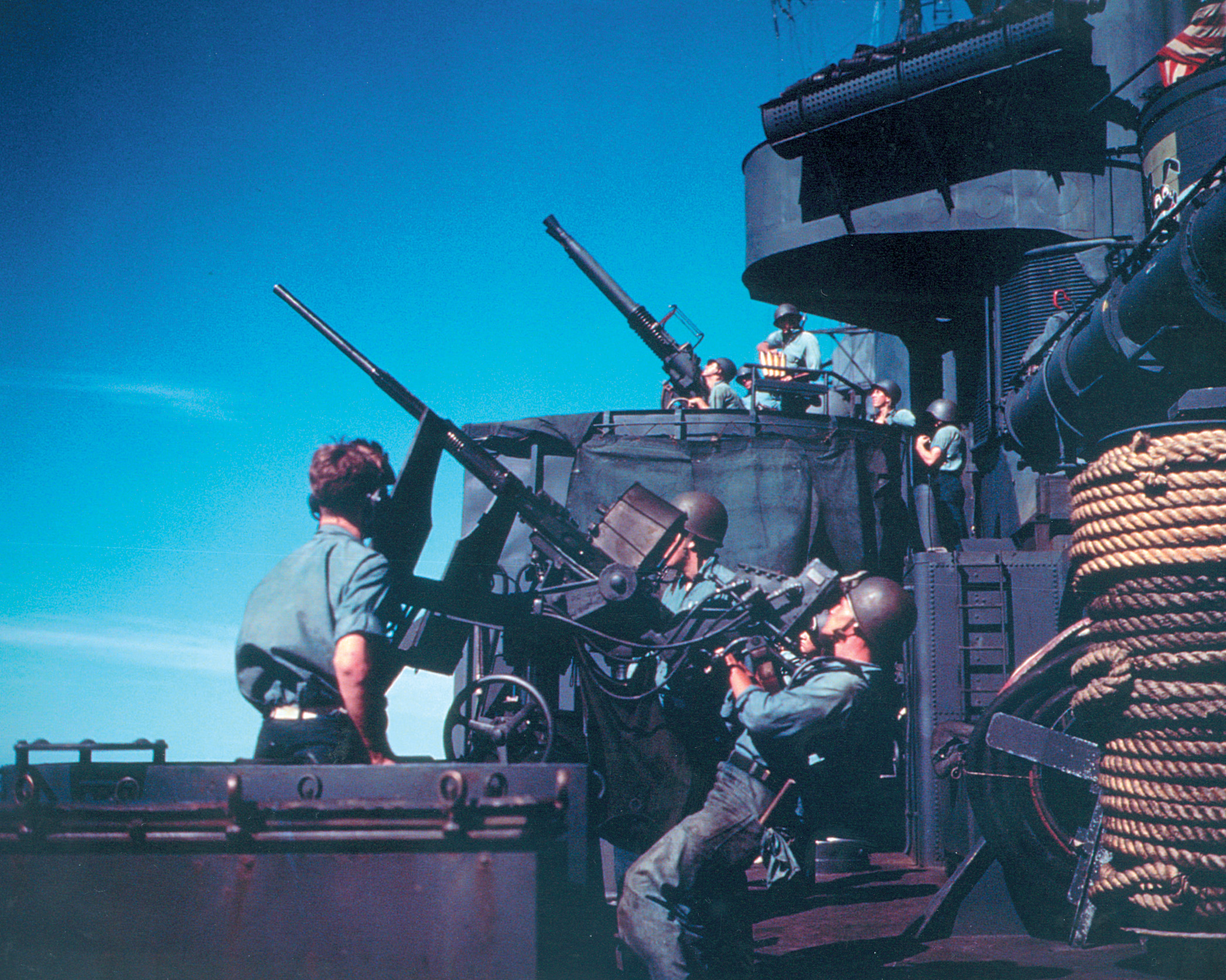By Blaine Taylor
The town of Affile in Italy’s Lazio region erected a mausoleum to Italian Army Marshal Rodolfo Graziani in August 2012. The event occurred 57 years after the controversial marshal’s death on January 11, 1955. As emcee of the elaborate memorial service, Mayor Ettore Viri was joined by a special delegate from the Vatican. Emblazoned with the words “Fatherland” and “Honor,” Graziani’s new tomb cost Italian taxpayers $160,000.
The event touched off an uproar because of Graziani’s role in war crimes in Ethiopia in the aftermath of the Second Italo-Ethiopian War of 1935-1937. As a result the Lazio parliamentary regime cancelled funding for the project in 2013 in the wake of a negative reaction at the polls in regional elections. The Lazio Regional Council’s legal action to remove Graziani’s name from his own monument reportedly is still pending.
In the postwar bloodlust by the Soviet Communist Party that occurred in April 1945, no real Italian war crimes trials ever emerged as they did at both Nuremberg and Tokyo. This was partly because almost all the captured top Fascists had been simply gunned down without any hearings. The elimination began with Italian dictator Benito Mussolini, identified as “Il Duce” to his followers as the leader of the National Fascist Party, on April 28, 1945, and continued downward.
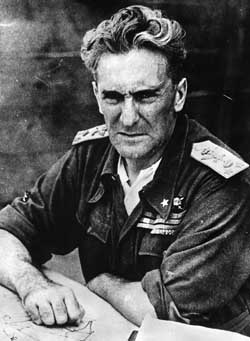
Graziani was born on August 11, 1882, at Felettino in Frosinone Province of Savoyard Italy. In 1903 19-year-old Rodolfo joined the Regio Esercito (Royal Army). Having graduated from the Royal Military Academy at Modena, Graziani was commissioned as a lieutenant in the service of King Victor Emmanuel III of the House of Savoy until September 1943. Lieutenant Graziani’s first posting was to Italy’s Eritrean colony, where he was bitten by a venomous snake after having contracted malaria.
The hardy young soldier recovered, learning both Arabic and the language of the local native Tigrayans who inhabited the highlands of Eritrea. Graziani fought for the first of several tours of duty in Libya in the Italo-Turkish War that began in September 1911 and ended in October 1912. The conflict witnessed the advent of martial air power in modern warfare, as the Regia Aeronautica (Royal Air Force) bombed the Turkish Army, thus bringing yet another conquered people under Italian colonial domain.
Promoted to captain, Graziani in 1913 married Ines Chronetti, the union lasting until his death 42 years later. During Liberal Italy’s World War I alignment with the Allies, Captain Graziani returned again to Libya, where he saw firsthand how both the central powers of Imperial Germany and its ally Turkey incited the local rebel Muslims to attack isolated Italian desert outposts.
When he was subsequently transferred to northern Italy’s embattled Caporetto Front against the central powers’ Imperial Austrian Army, Graziani was twice wounded in combat, being also doubly cited for his martial skills and personal bravery in action under enemy fire. At the end of the war, he emerged as the youngest colonel in the Regio Esercito at age 36. Following World War I, Italian domestic politics cast their shadow across Graziani’s upwardly mobile path over what up to that point had been a stellar martial career. It was the first time this occurred, but it would not be the last.
Reportedly marked for assassination by liberal Savoyard Italy’s rapidly rising Communist Party, Graziani took a leave of absence from active military service, awaiting a better social climate at home to return. As a Parma-based importer of Far Eastern goods, though, he was not very successful and the business eventually failed. Trying another tack, civilian Graziani in 1924 joined the ruling Fascist Party of Italian Premier Signor Benito Mussolini, remaining a member until its very end in April 1945.
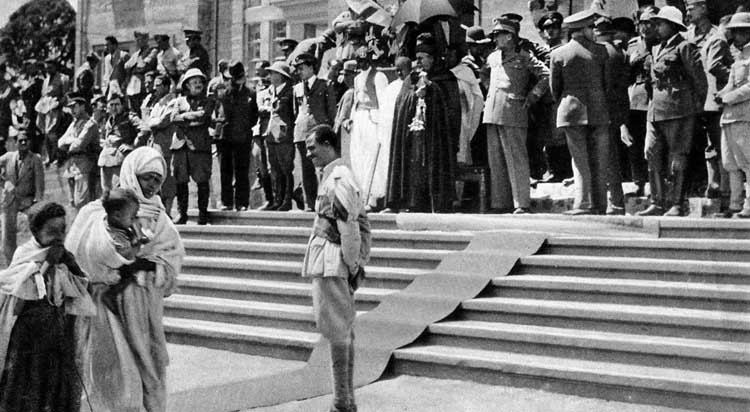
Due to an uptick in rebel Libyan Muslim assaults on both Italian colonial families and businesses on what Il Duce called Italy’s Fourth Shore, Graziani was selected for that embattled command. On January 11, 1930, Graziani was empowered to return yet again to the scene of his first desert warfare laurels to ruthlessly quell all resistance in whatever manner he saw fit. Newly named as the Italian viceroy-governor for Cyrenaica, Graziani duly stamped out most of it from 1930-1932. Both his military effectiveness and political hardness had come jointly to the fore.
Aside from outright air-ground warfare, Graziani’s “pacification” of the locals encompassed the erection of both concentration and slave labor camps that saw the deaths of thousands of overworked Libyans of color. To the overjoyed Italian colonial populace, he was trumpeted instead as the Pacifier of Libya for he had soundly beaten rebel leader Muhammad ibn Ali as-Senussi and his followers in open battle. Graziani had Senussi hung publicly as an object lesson. That lesson failed to take hold; nevertheless, the mainstay of the rebellion had finally been crushed after two decades of war.
From Rome, Mussolini sent him on to a second desert colonial command as the reigning governor of Italian Somaliland in 1935-1936. His domain and rule expanded dramatically midway through 1936 when he became viceroy and governor-general of all Italian East Africa.
The vain marshal was overshadowed, though, during the 1935-1936 Italian campaigns in Ethiopia by his longtime rival, Marshal Pietro Badoglio, the actual conqueror of Addis Ababa. Still, he had led his field command well enough for Mussolini to promote him yet again, to the Army’s top post as commando supremo, which was essentially chief of the general staff, a capacity in which he served from 1939 to 1941 in Rome.
Fascist Italy’s conquests over the two-year period beginning in 1935 were the manifestation of Il Duce’s attempt to establish a Second Roman Imperium modeling the conquests of ancient Rome. Yet Graziani made it clear to the world that he would ensure Mussolini’s conquest of Ethiopia. “The Duce will have Ethiopia, with or without the Ethiopians!” bellowed Graziani. These words became a signature utterance of the Italian colonial period in 20th-century Africa. The period was marked by massacres and rampant violence and criminality at the expense of the Ethiopians and others.
During the Second Italo-Ethiopian War, Graziani commanded the southern front, leading his troops from Italian Somaliland into Ethiopia. He fought the Ethiopians at Genale Doria and Ogaden; however, Graziani’s efforts constituted a secondary thrust whereas the primary thrust came from Eritrea and was led by General Emilio De Bono and later continued by Marshal Pietro Badoglio. Badoglio entered Addis Ababa in triumph. “Italy has its empire!” Mussolini shouted from the Palazzo Venezia balcony in Rome on May 9, 1936, in celebration of the conquest of Ethiopia.
The main charge against the late marshal’s name and character rests on the infamous massacre on Yekatit 12, the date on the Ethiopian calendar equivalent to February 19, 1937, in Addis Ababa of an estimated 19,200 black Ethiopians over a three-day period. The massacre began immediately following Graziani’s near miraculous survival of an assassination attempt.
It is alleged that the Italians executed an additional 1,469 captives the following month. Graziani was forever branded afterward as the Butcher of Ethiopia. The tragedy was made even greater by the fact the slaughtered included 2,000 black monks of the ancient Coptic Order Debre Libanos Monastery, as well as attending pilgrims who were celebrating their founding saint.
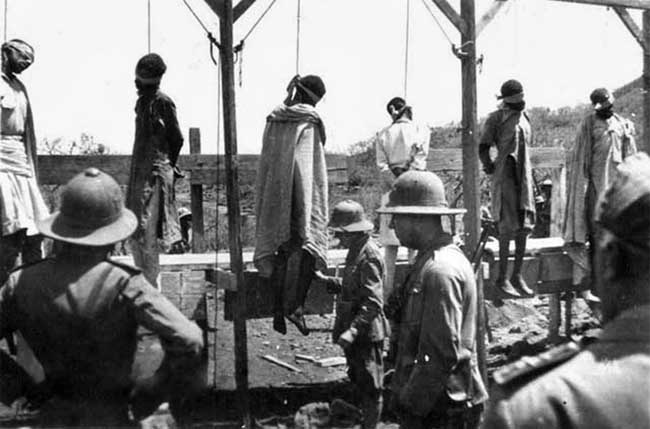
Addis Ababa fell to Badoglio on May 5, 1936. Although Graziani had wanted to reach Harar before Badoglio reached Addis Ababa, he was not able to pull it off. Nevertheless, for his role commanding the southern front Graziani was promoted to marshal of Italy. During a tour of an Ethiopian Orthodox church in Dire Dawa, Graziani fell into a pit covered by an ornate carpet, a trap he believed had been devised by Ethiopian priests to kill or seriously injure him.
Despite his belief in the origins of the attack on him, Graziani announced a planned public celebration of the recent birth of the Italian Prince of Naples. He planned to distribute money to the poor of the occupied Ethiopian capital of Addis Ababa on Friday, February 19, 1937. The site chosen for the distribution of funds was the front of Guenete Leul Palace, the royal palace known affectionately as Little Gebbi.
The crowd that morning included a pair of would-be assassins: Eritreans Abraha Deboch and Mogus Asgedom. They had arrived in Addis Ababa as students at the city’s Menelik II School, which was named after the Ethiopian emperor from 1889 to 1913. Ironically, the former had a job with the Fascist Political Bureau, but this might well have been simply a concealment attempt as he deeply resented the ruling power’s racist policies against all its underlings of color.
The Little Gebbi event initially went off as planned. Viceroy Graziani spoke, and the local nobility rendered abject homage to him as their lord. Aircraft of the Regia Aeronautica roared overhead in salute. Donations were distributed to the poor at 11 am.
The two would-be assassins had arrived at the foot of the steps of Little Gebbi. They startled everyone by lobbing as many as 10 hand grenades directly at a stunned Graziani. The alleged third accomplice, local taxicab driver Simeyon Adefres, who had reportedly supplied the hand grenades, drove them to initial safety.
Among the wounded was Graziani, whose body had been peppered with hundreds of grenade fragments. Rushed to a nearby Italian hospital, he miraculously recovered after emergency surgery. The enraged Fascist response to the attack occurred immediately after the explosions. Italian police fired directly into the tightly packed crowd of poor who had assembled to receive the charitable funds at the foot of Little Gebbi’s steps. Italian Federal Secretary Guido Cortese purportedly drew his holstered sidearm and fired into the assembled Ethiopian dignitaries standing next to him onstage.
“Comrades, today is the day we should show our devotion to our viceroy by reacting, and destroying the Ethiopians for three days!” Cortese said, issuing the first reprisal order. “I give you carte blanche to destroy and kill, and do what you want to the Ethiopians!”
The persecution began almost immediately. Italians chanting “Il Duce!” ruthlessly stabbed the Ethiopians with daggers or bashed their heads in with truncheons. The terrorism escalated to torching black houses with gasoline, as well as invading the homes of resident Greeks and Armenians in order to lynch their servants.
Gory photographs were taken showing murdered civilians, their severed heads being held by their Italian killers. The marshal duly upheld Cortese’s bloodbath, using it to implement a planned slaughter since May 3, 1936, of all black society intellectuals known as The Young Ethiopians. These individuals had graduated from both American and European colleges, and thus were seen as possible future rebel leaders against Italian colonial rule. The same day as the attempt, an Italian Army tribunal convened. By that night, they had shot in reprisal as many as 62 of these young graduates at Addis Ababa’s Alem Bekagn Prison.
Thus, the Italians wiped out at one fell swoop the entire intellectual center of the new resistance movement, in what was dubbed thereafter as “the Graziani Massacre.” The Italians ramped up persecution at their various detention camps, including Danan, Ogaden, Nokra, and the Dahlak Archipelago. The Fascist overseers made sure the imprisoned received only the barest of subsistence rations and water. At Nokra, for example, 1,500 individuals received life sentences handed down by Fascist kangaroo courts.
When a hospitalized Graziani learned that both of the assassins and one of their wives had found shelter at the Coptic Debre Libanos Monastery, and also that the monks might have known in advance of the planned attack, he sent a cable to his local commander instructing him to take immediate action.
“Therefore, execute all monks without distinction, including the vice-pryor!” wrote Graziani. The fatal order was carried out the next day, which happened to be that of the order’s patron Saint Tekle Haymanot. The monastery’s entire population was shot. This amounted to the death of 297 monks and 23 religious laymen. Overall, these political slaughters were later commemorated by Ethiopians who had been liberated by the British Army. The Ethiopians erected the Yekatit 12 Square Monument, an obelisk recalling all the victims of the worst massacre by the Italians of their conquered people. Meanwhile, the two assassins who were hiding out at the Debre Labanos Monastery in an effort to obtain political asylum in the Anglo-Egyptian Sudan were murdered by local residents.
Even today the actual number of politically slain black victims is hotly debated, with a 2017 estimate being 19,200 souls, which if true, would amount to 20 percent of the Addis Ababa population in 1937. One of these was said to be the identifier of the two assassins, Ayale Gebre, who turned stool pigeon for the Italians, only to be killed himself. The wounded marshal was recalled to Italy by a concerned Mussolini. Graziani went on to receive successively higher posts, both military and political, up until the collapse of Fascist Salo Republican Italy in April 1945.
Italian dictator Mussolini declared war on England and France on June 10, 1940. Shortly afterward Graziani experienced another upswing in his career when Air Marshal Italo Balbo’s personal aircraft was struck by friendly fire over Tripoli Harbor. None on board survived.
That very day Mussolini named his most famous Fascist marshal to succeed the slain aviator, a post he held until March 15, 1941. However, it was during this final sojourn in the Libyan wastes that Marshal Graziani’s reputation took a downward spiral from which it never quite recovered. This was due to Il Duce’s determination that his new desert warlord would in turn carry out the invasion of neighboring British Egypt.
Mussolini fully expected it would include the complete destruction of the British 8th Army. Graziani told Mussolini in no uncertain terms that the more heavily armored 8th Army would crush the Italian forces. But Mussolini turned a deaf ear to such negative and unsolicited opinions.
The Italian Army’s invasion of Egypt proceeded as planned on September 9, 1940. Despite its greater numbers, including colorful native Spahi light cavalry and both regular Army and fascist militia units, the Italian Army under Graziani was not quite equal to the task of vanquishing the British 8th Army. The defeat of the Italians was swift. They were humiliated by photographs of thousands surrendering to handfuls of British Tommy soldiers. Mussolini blamed his stricken marshal for the debacle. On March 25, 1941, a disgraced Graziani returned to Italy and went into retirement until July 25, 1943, when Mussolini was overthrown as the war turned against the Italian Fascists.
In September 1943 Graziani ended his four decades of loyalty to King Victor Emmanuel III of Italy, siding instead with the fallen Mussolini, who the Germans had restored to power in northern Italy. Graziani, who became minister of national defense, once more surprised everyone by winning the last outright Italian military victory of World War II in December 1944 at the Battle of Garfagna.
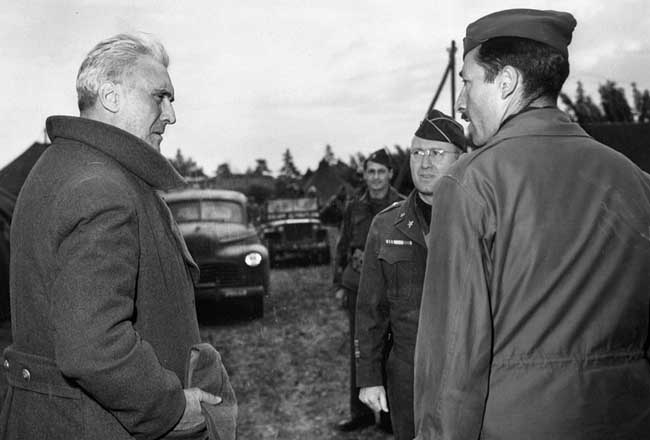
At Garfagna, Graziani deployed both the Monte Rosa Alpine Division and the San Marco Marine Division, which defeated an Allied force. But the tide was still flowing against the Italians. The Reds murdered Mussolini, U.S. tanks rumbled into Milan, and the Americans made Graziani a prisoner of war. Returned to Africa for his safety as the Reds slaughtered every top Fascist they could find, survivor supreme Graziani later returned home as the murders fell off. He subsequently spent four months in jail. But he was never convicted of anything.
Soldier-turned-memoirist Graziani defended his career in postwar books, re-establishing himself politically. By 1955 Graziani had emerged as the patron saint of the postwar neo-Fascism movement that eventually elected to the Italian Parliament Alessandra Mussolini, Il Duce’s granddaughter. At the time of his death, the unrepentant Fascist marshal was the most prominent and most reviled Italian officer of World War II.
